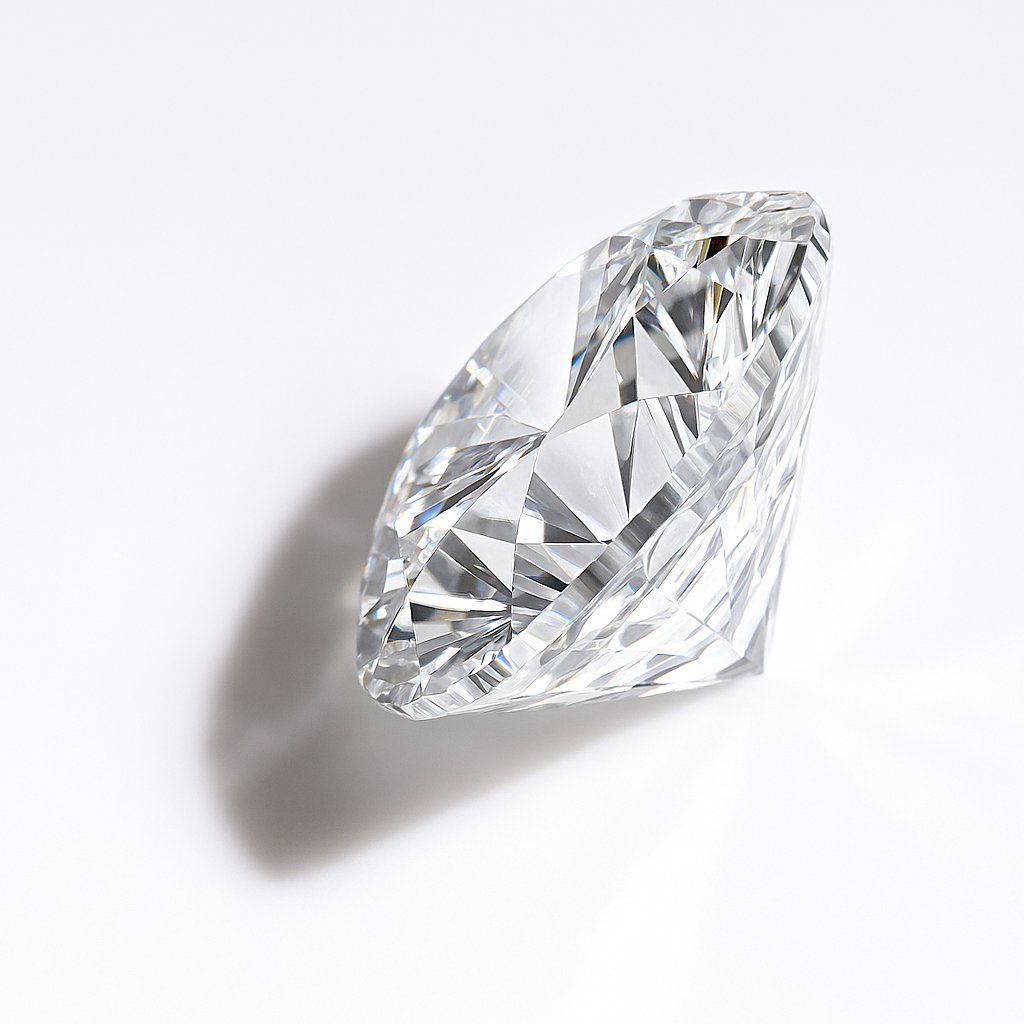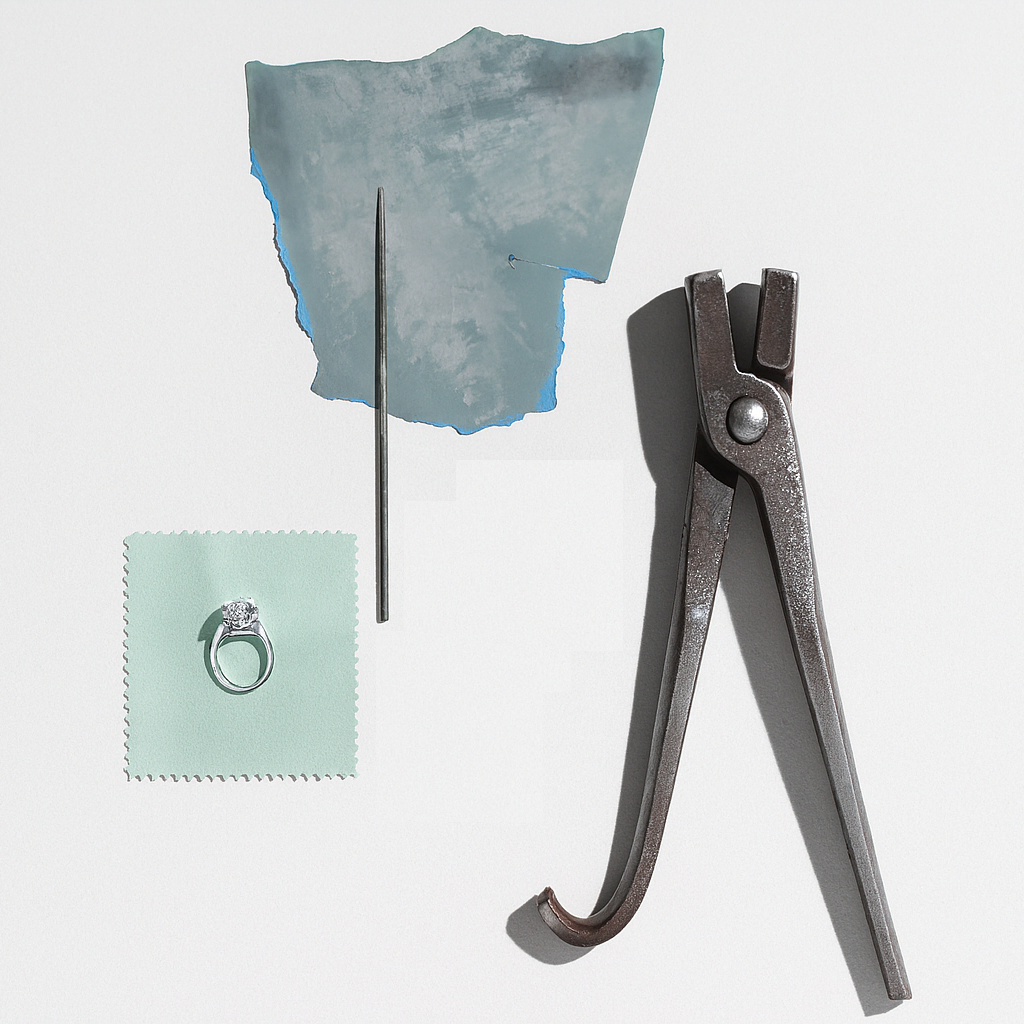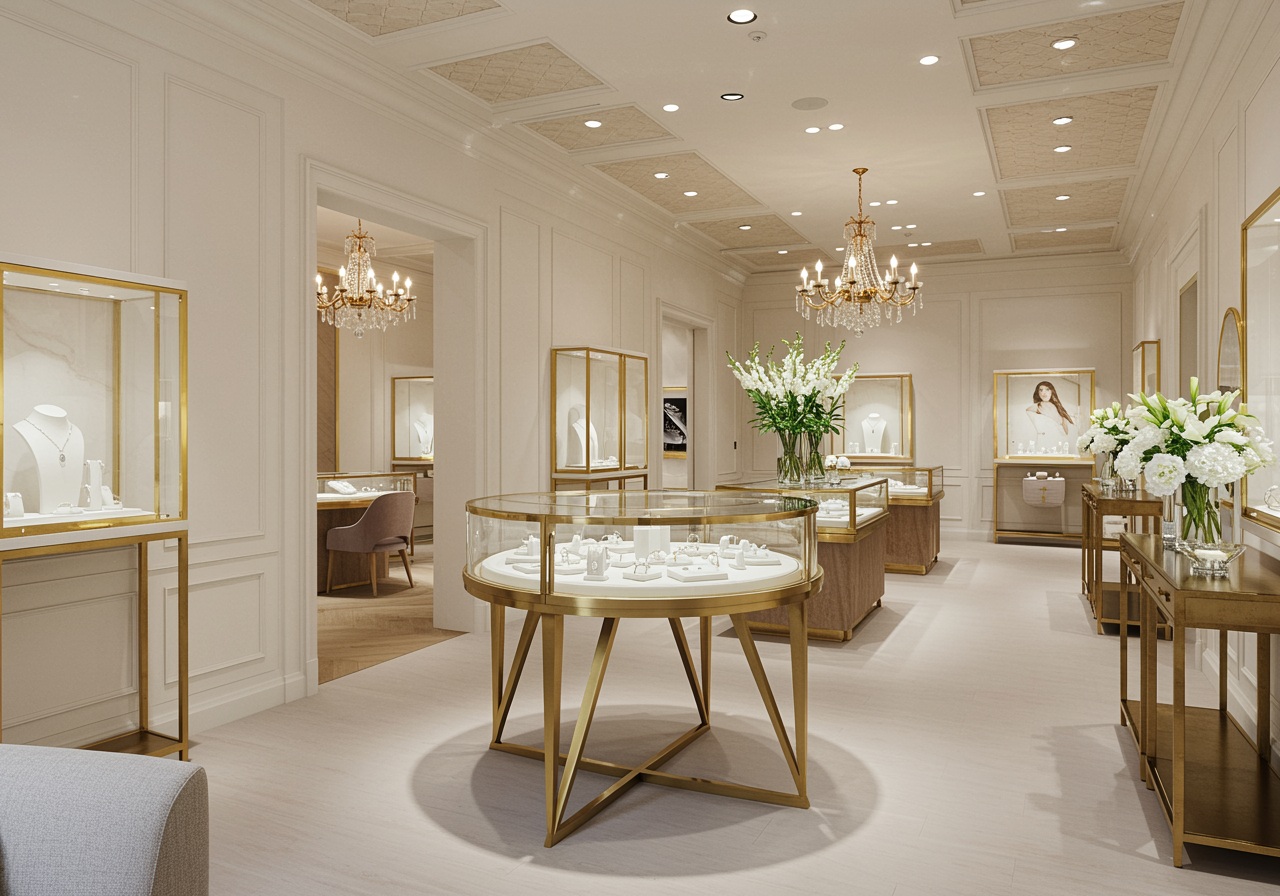DIAMOND GUIDES
A Guide to Diamond Colour
Understanding Diamond Colour: A Key to Exceptional Brilliance
When assessing the quality of a diamond, colour plays a pivotal role. In white diamonds, the absence of colour enhances their brilliance and purity, making colour a defining factor in overall beauty and value.
As one of the essential components of the 4Cs—cut, clarity, carat weight, and colour—diamond colour is a critical element in evaluating a diamond’s character and desirability.
In this Fuster Legacy Guide, we delve into the nuances of diamond colour and offer valuable insight into the Gemological Institute of America’s (GIA) internationally recognised grading scale. Our aim is to ensure you are fully informed and confident when selecting a diamond of exceptional quality.
What is the diamond colour scale?
The diamond colour scale is the internationally recognised standard for evaluating the presence of colour in white diamonds. Graded from D to Z, the scale begins at D, indicating a completely colourless diamond—exceptionally rare and highly prized—and progresses towards Z, where subtle tones of light yellow, brown, or grey become increasingly visible.
As a diamond moves further down the scale, the presence of colour becomes more noticeable, affecting its overall transparency and brilliance. Colourless diamonds (D–F) allow the most light to pass through, contributing to superior fire and sparkle.
At Fuster Legacy, many of our diamonds fall within the D to G range, ensuring a rare balance of purity and luminosity. These high-grade stones are celebrated for their exceptional beauty, making them an exquisite choice for those seeking timeless sophistication.
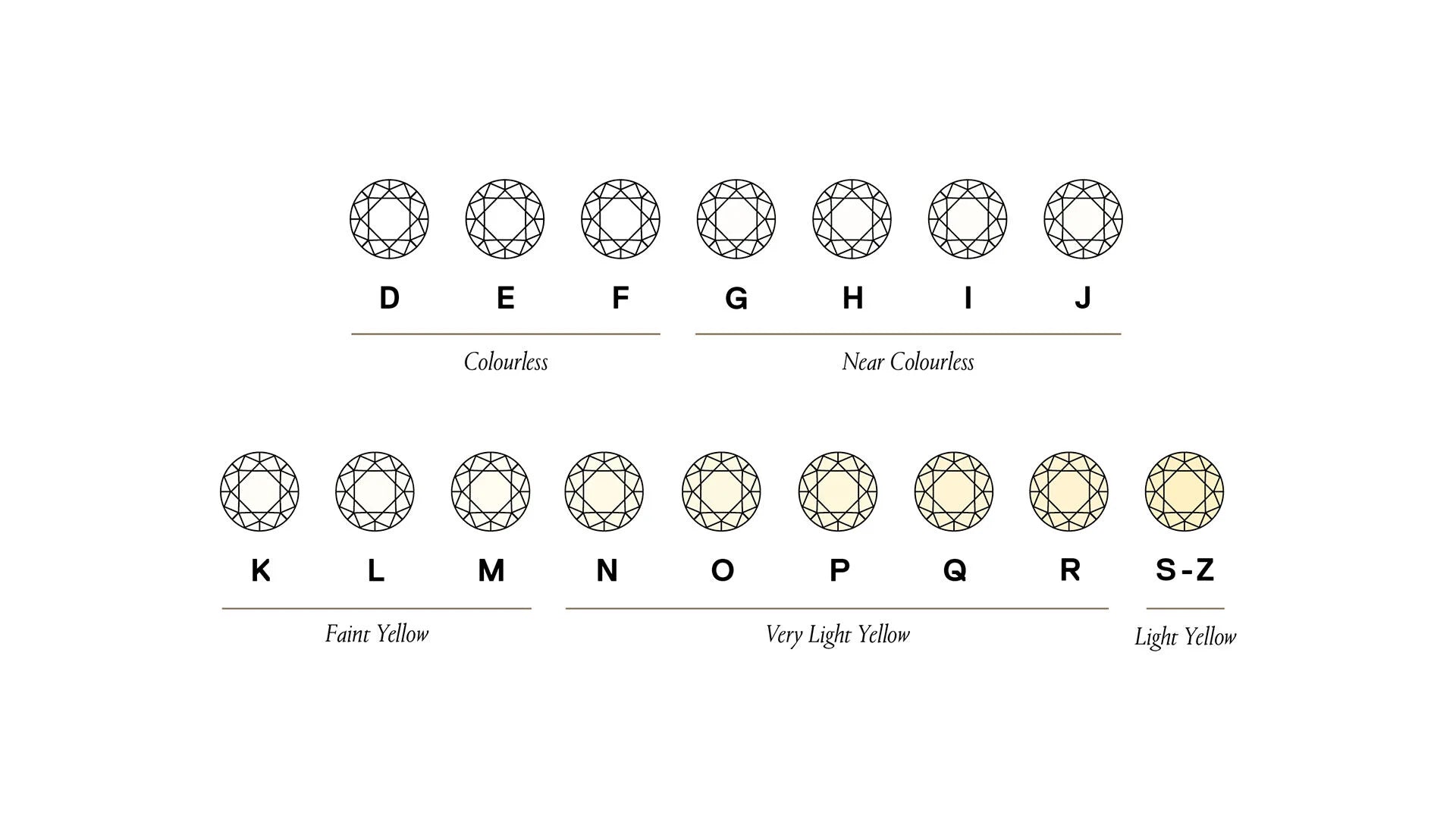
The GIA diamond colour grades
Established in 1931, the Gemological Institute of America (GIA) is a public-benefit, non-profit institution globally recognized for its leadership in gemological research, education, and diamond grading. As the trusted authority in the field, GIA upholds consumer protection by establishing the industry's most respected standards for quality and integrity.
In the early 1950s, GIA revolutionized the way diamond color was assessed by creating the definitive diamond color grading scale. At the time, the industry lacked consistency, using arbitrary and subjective terminology such as “A,” “AA,” Roman numerals, or vague descriptions like gem blue and blue white. To eliminate confusion and establish a clear, unbiased framework, the GIA introduced a scale beginning with the letter D—a designation not previously associated with superior diamonds—to represent the highest standard of colorlessness.
Today, the GIA Diamond Color Scale encompasses 23 distinct grades, thoughtfully categorized into five subgroups:
- D–F: Colourless
- G–J: Near Colourless
- K–M: Faint Colour
- N–R: Very Light Colour
- S–Z: Light Colour
This internationally adopted scale remains the benchmark for assessing diamond color and ensuring transparency and accuracy across the fine jewelry industry.
What are the factors affecting diamond colour?
While colourless or white diamonds are composed purely of carbon atoms arranged in a precise crystal lattice, coloured diamonds derive their captivating hues from trace elements or structural irregularities that occur during their natural formation. Factors such as pressure, temperature variations, and exposure to natural radiation contribute to the extraordinary spectrum of colours found in these rare gemstones.
Grading of coloured diamonds
Naturally coloured diamonds are among the rarest treasures on earth—only one in every 10,000 diamonds possesses a colour deep enough to be classified as a fancy coloured diamond. The grading of these extraordinary gems is an intricate art, overseen by the Gemological Institute of America (GIA), which evaluates them based on the depth and saturation of their colour. This scale ranges from Faint to the exceptional Fancy Vivid—a classification reserved for diamonds with the most intense and captivating hues.
Fuster has long been a trusted guardian of many of the world’s most exceptional coloured diamonds. Our High Jewellery creations celebrate these rare wonders, transforming nature’s masterpieces into timeless expressions of beauty and rarity.
Discover the extraordinary world of Fancy Coloured Diamonds, exclusively at Fuster.
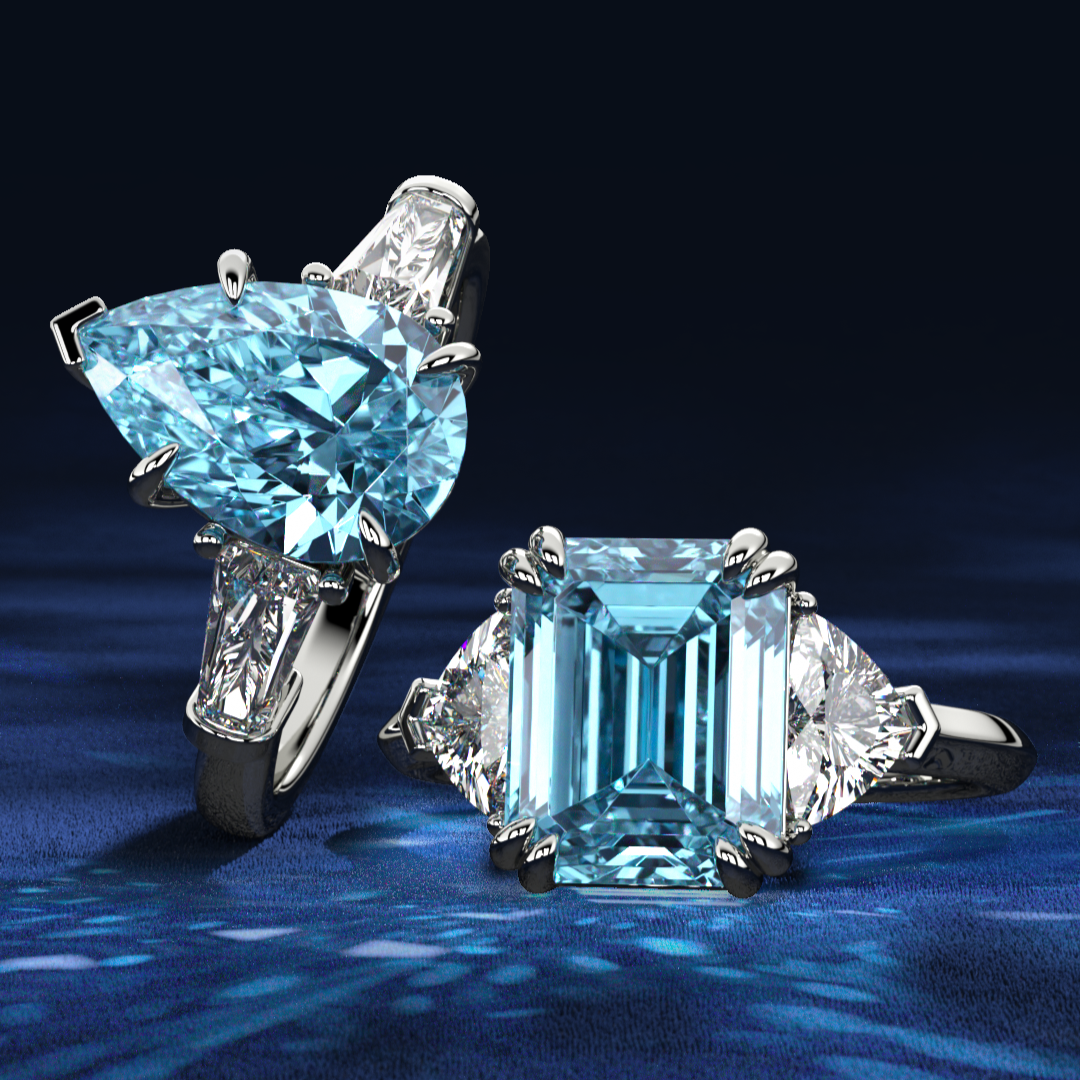
How a diamond’s cut impacts colour
The cut of a diamond plays a significant role in how its color is perceived. Round brilliant cuts, known for their exceptional faceting, are particularly effective at minimizing visible color. Their intricate facet arrangement maximizes light return, creating a dazzling brilliance that can mask subtle color nuances. In contrast, step cuts such as the emerald cut feature broad, open facets that enhance clarity but also tend to reveal any traces of color more readily. As a result, the choice of cut can greatly impact the visual impression of a diamond's hue.
How carat size impacts diamond colour
The size of a diamond plays a significant role in how its colour is perceived. Larger diamonds, with their increased surface area, tend to reveal colour nuances more readily. As carat weight increases, it is often advisable to consider a higher colour grade to preserve the stone’s colourless or near-colourless appearance.
When selecting a diamond, it is essential to understand the relationship between shape, setting, carat weight, and colour—each of these elements subtly affects how the diamond’s hue is viewed.
At Fuster Legacy, our diamond experts are here to guide you through these intricacies. With a deep understanding of the GIA’s 4Cs and an unwavering commitment to excellence, every Fuster diamond is carefully evaluated to ensure it meets the highest standards of beauty and brilliance throughout its journey.

